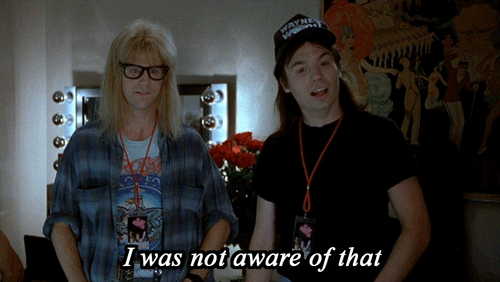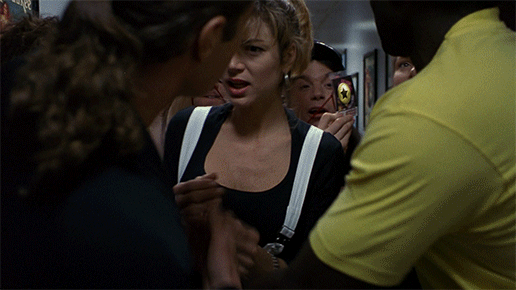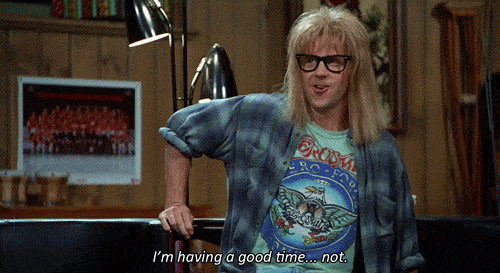The Importance Of Closing Line Value
- Finding value in the market and consistently beating the closing line is key
- CLV is a very strong indicator that you will be profitable long-term
Closing Line Value Is The Benchmark
Whether you’re trying to make it as a pro or to simply make some extra cash for the weekend, you want to learn and improve your craft. In this article, a vital topic will be covered that you need to understand to be successful and make a long-term profit. As you can infer from the title, we are talking about Closing Line Value (CLV for short). You may have seen this term thrown around on other sites and after reading, you’ll have a basic understanding of it and why it’s so important.
You probably view sports betting as an investment in some way. And as for any form of investing, it is important to have a benchmark to compare your performance against. This allows you to accurately measure your results and determine if they can be credited to smart decisions or simply luck. For stock investors, a suitable benchmark is how you perform against the S&P 500, an index fund consisting of the 500 US companies with the highest market cap. For sports bettors, our benchmark is the closing line.
When a bookmaker opens a betting market for an upcoming game, the opening odds are created based on multiple factors – power ratings, statistical analysis of past performances, injuries, travel, fatigue and public perception. Once the odds are available, bettors place their wagers on sides they consider having good value, causing the bookmaker to constantly adjust the odds in order to maintain a (somewhat) balanced book, avoid exposure on one side and be more in line with the professional money. The odds offered just before a game begins are called the closing line and reflect all statistics, news, wagering activities and market sentiment. This should be the most efficient point of the market, and therefore the most accurate representation of the underlying probability.
Why Closing Line Value matters
It is a common misconception that betting is purely about results and turning a profit. I definitely thought this when I first started. As long as I was hitting above 52.4% on spreads and totals (the winning percentage needed to beat the juice on -110 odds), I figured I was set. This will always be a common thought for beginners, and although it’s not wrong, it’s not how professionals are determined.

Unless you are capable of correctly picking coin-flips above a 52.4% rate, you need to be identifying value in the betting market some way or another. Based on the efficient market theory, the market (i.e sports bettors) will eventually identify this value, bet on it, and bookmakers will adjust their lines accordingly as discussed above. The books are effectively changing the price of a bet just as a price of a stock changes based on the demand to buy or sell it. When you correctly identify this value, the line will move accordingly, and you end up with better odds than where the odds finish right before the game/match/hot dog eating contest starts.
And just like that, you have closing line value.
I compare picking spreads and totals to a coin-flip because that’s exactly what it is for the common gambler. It’s either the favorite or underdog covering, over or under the total. You have a 50% chance of being right. When you factor in the juice (i.e. commission) on each bet, that’s a losing proposition.
Example
Let’s say we bet on Ohio State vs Michigan State. The Buckeyes were 15-point favorites early in the week, and we believed there was value on this number. So, we bet Ohio State -15, and lo and behold, the spread closed at -18 at most sportsbooks. At kickoff, we already knew we made a great bet since our ticket had three points of closing line value. This obviously doesn’t guarantee a win, but beating the market by three points in football is quite significant. If you can beat the market consistently enough, you’re likely to become profitable.
This is because the closing line is a more predictive indicator of an event’s true probability than the opening line. Remember, a closing line reflects all statistics, news, wagering activities and market sentiment, and thus should be the most efficient point of the market. By betting at a better number (whether that be a point spread, total or money line), you are getting more value than you would have with the worse closing number. If you consistently get line value, you will have a lower hurdle to beat the sportsbooks versus their closing lines.
In simple terms
Two friends, Wayne and Garth, are huge hockey fans and bet hockey money lines all season. Wayne wins 54% of his bets at average odds of -110 and bets to win $100 a game for 250 games. Garth bets the same games also to win $100 each, but because he gets home from Stan Mikita’s Donuts later after staring at his dream girl all day, he places his bets at worse odds that average -120 on each of the 250 games. Even though they will have bet the same games and will finish with the same record (135-115), Wayne won $850 on the season and Garth lost $300.
A difference between -110 and -120 may not seem like a big deal, but over the course of the season, finding the best bettings lines is the difference between a weekend trip to Milwaukee with backstage passes for Alice Cooper and staying home in your mom’s basement.

Versus…

GIFs aside, this hopefully shows how valuable beating the closing line can be. The cheaper the price you pay for favorites and underdogs, the better chance you have at a profit. This is why closing line value, not wins and losses, is the key determining factor between Pros versus Joes. As Warren Buffett put it,
“Price is what you pay, value is what you get. Whether we’re talking about socks or stocks, I like buying quality merchandise when it is marked down.”
Couldn’t have said it better myself, Warren. Party on!





